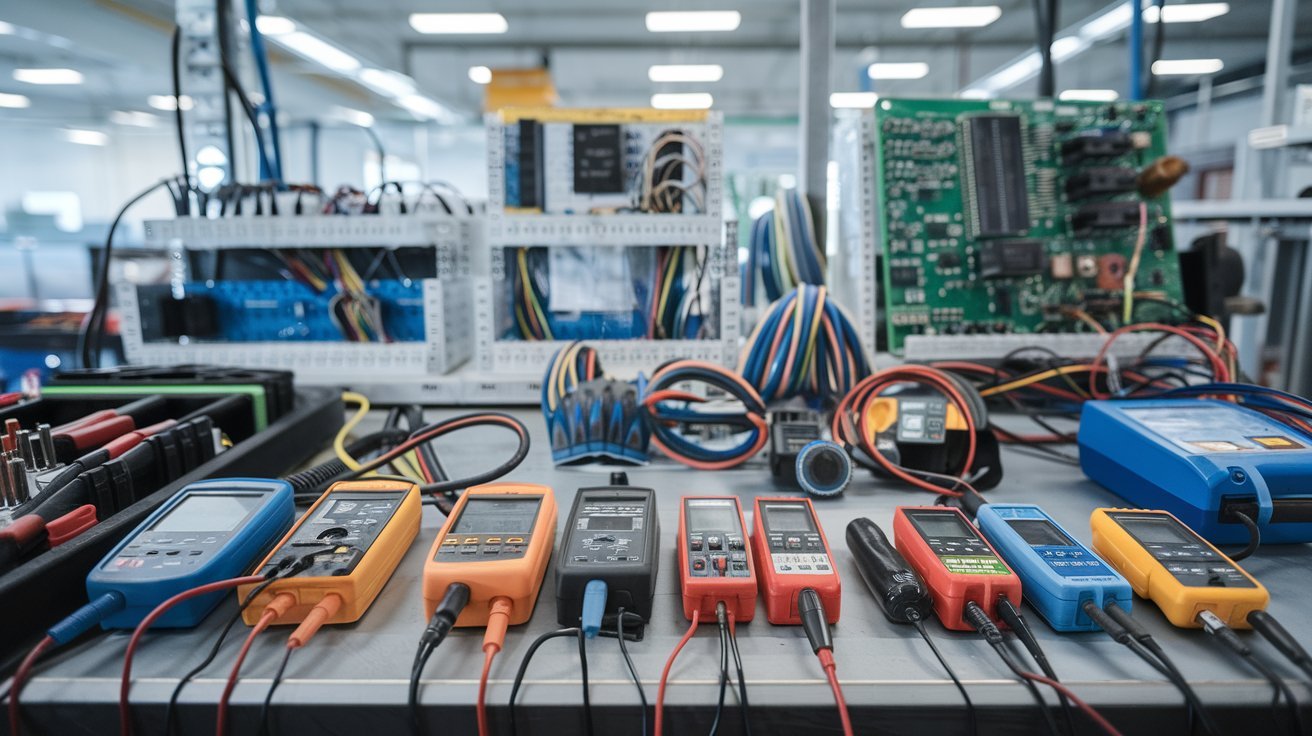
Electrical compliance testing is essential for ensuring that industrial facilities meet all necessary electrical safety and performance standards. It helps prevent equipment failures, ensures worker safety, and keeps facilities operating efficiently. Industrial settings are rife with potential electrical hazards, making regular testing a priority to avoid costly downtime and ensure compliance with regulations.
Electrical compliance testing involves a series of checks and assessments to verify that electrical systems, components, and equipment meet the applicable safety standards. This ensures that the electrical systems in an industrial facility are safe, reliable, and compliant with national and international regulations.
The importance of electrical compliance testing cannot be overstated. Without it, facilities may experience equipment breakdowns, safety hazards, and potential legal repercussions due to non-compliance. Regular testing helps identify potential issues before they escalate, ensuring a safe and efficient working environment.
Electrical compliance testing is guided by various national and international regulations. Knowing these standards is crucial for ensuring compliance.
Several regulatory bodies oversee electrical compliance, including the International Electrotechnical Commission (IEC), Occupational Safety and Health Administration (OSHA), and the Institute of Electrical and Electronics Engineers (IEEE). These organizations set the standards for safe electrical practices in industrial settings.
Each country has specific regulations regarding electrical compliance testing. For example, the National Electrical Code (NEC) in the U.S. provides guidelines on safe electrical installation practices, while the European Union follows the Low Voltage Directive (LVD). Facilities must adhere to these guidelines to maintain compliance.
Electrical compliance testing encompasses various types of testing to ensure all aspects of an electrical system function correctly.
Safety testing focuses on preventing electrical hazards such as shocks, burns, and fire. This involves testing insulation, grounding, and protection devices to ensure worker safety and equipment integrity.
Performance testing verifies that electrical systems are working at optimal levels, ensuring efficiency and reliability. This type of testing often involves checking voltage levels, current flow, and load capacity.
Environmental testing assesses how electrical systems perform under different environmental conditions such as extreme temperatures, humidity, or exposure to chemicals. This ensures that equipment can withstand the harsh conditions often found in industrial settings.
Several types of equipment are essential for carrying out electrical compliance tests.
Multimeters are used to measure voltage, current, and resistance. They are fundamental tools for testing the performance and safety of electrical circuits.
These testers are used to measure the insulation resistance of electrical cables, ensuring that the insulation is functioning correctly and that there is no risk of electrical leakage.
High-pot (high potential) testers are used to check the insulation strength of electrical equipment by applying a higher-than-normal voltage. This ensures that equipment can withstand the stress of normal operation without breaking down.
Regular electrical compliance testing is critical for preventing equipment failures and ensuring worker safety. Facilities that neglect testing may experience operational delays, increased maintenance costs, and potential safety hazards.